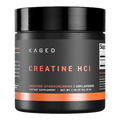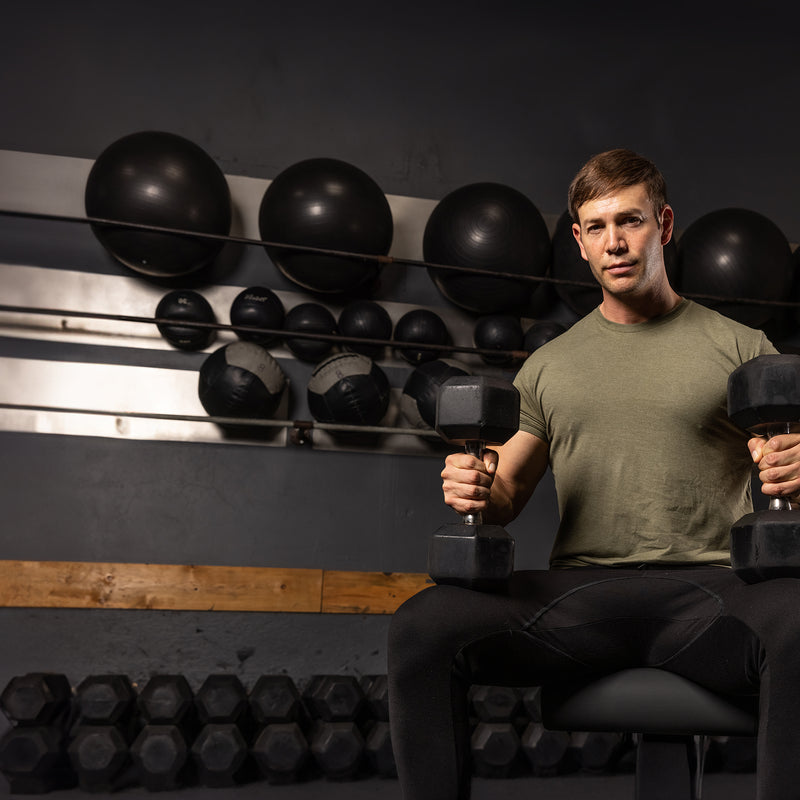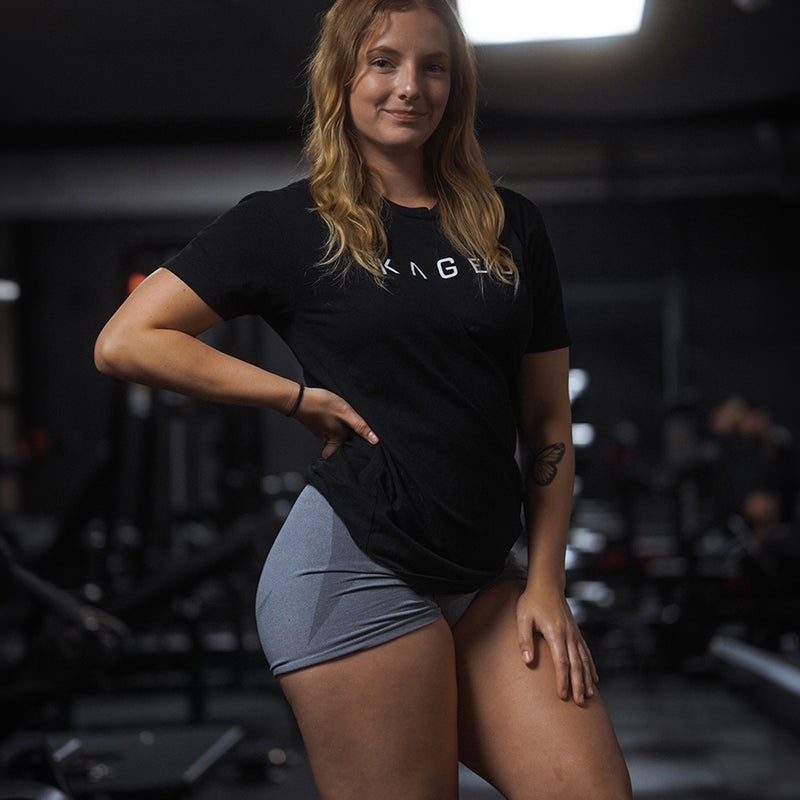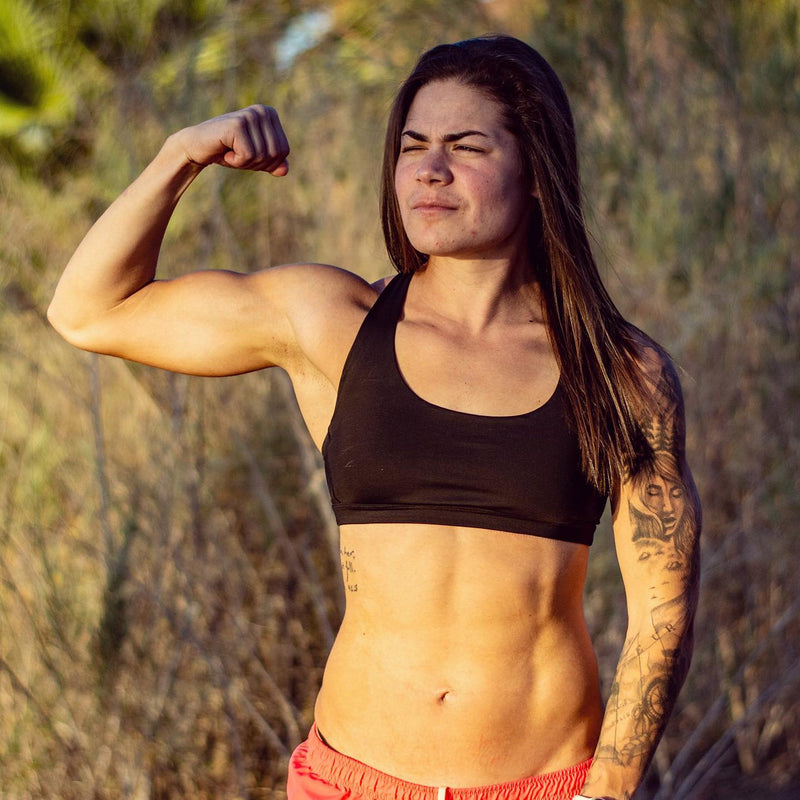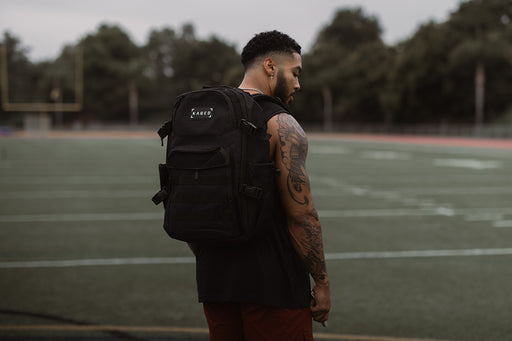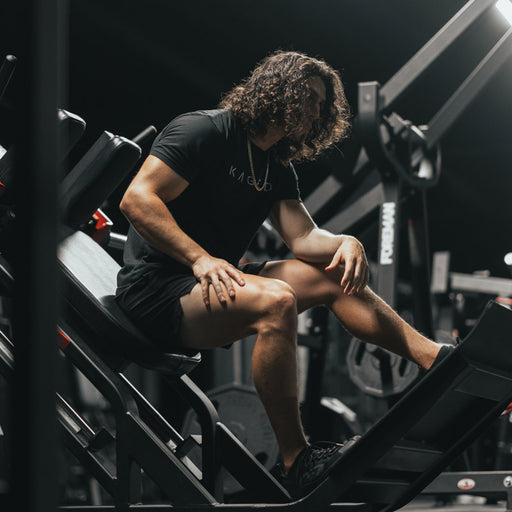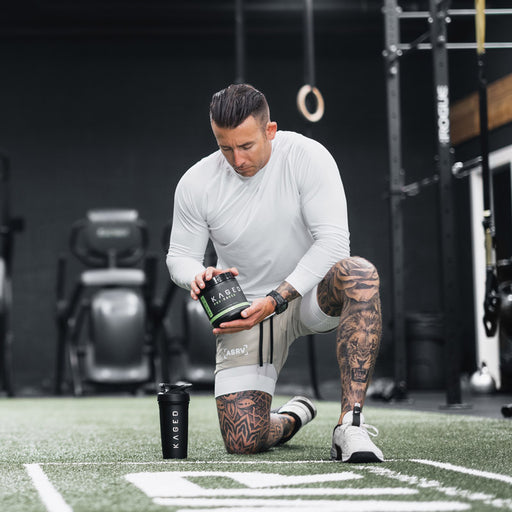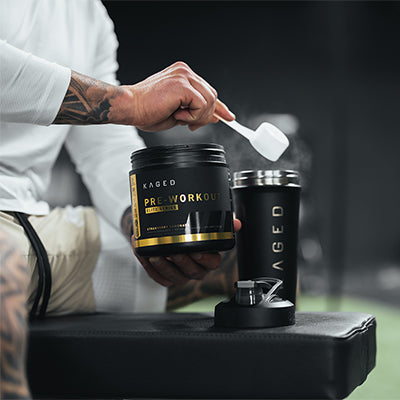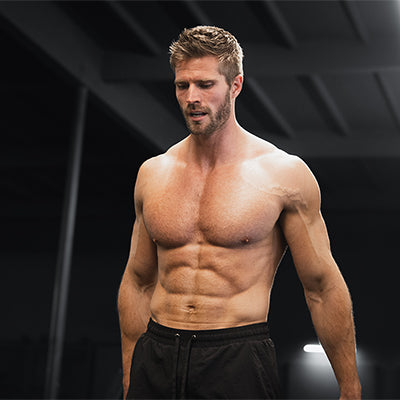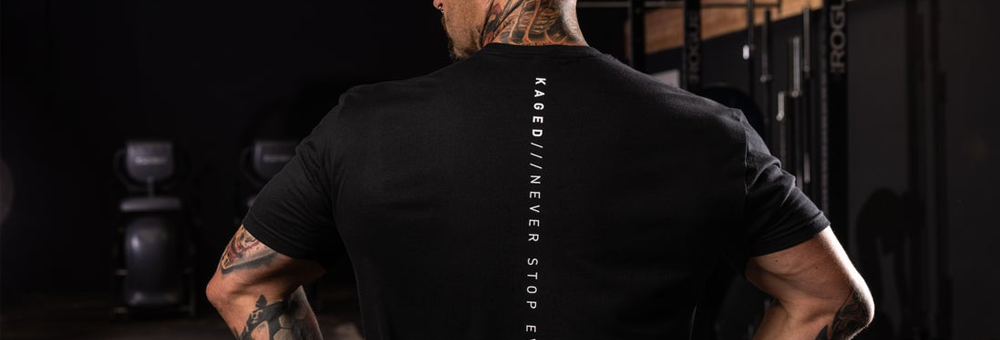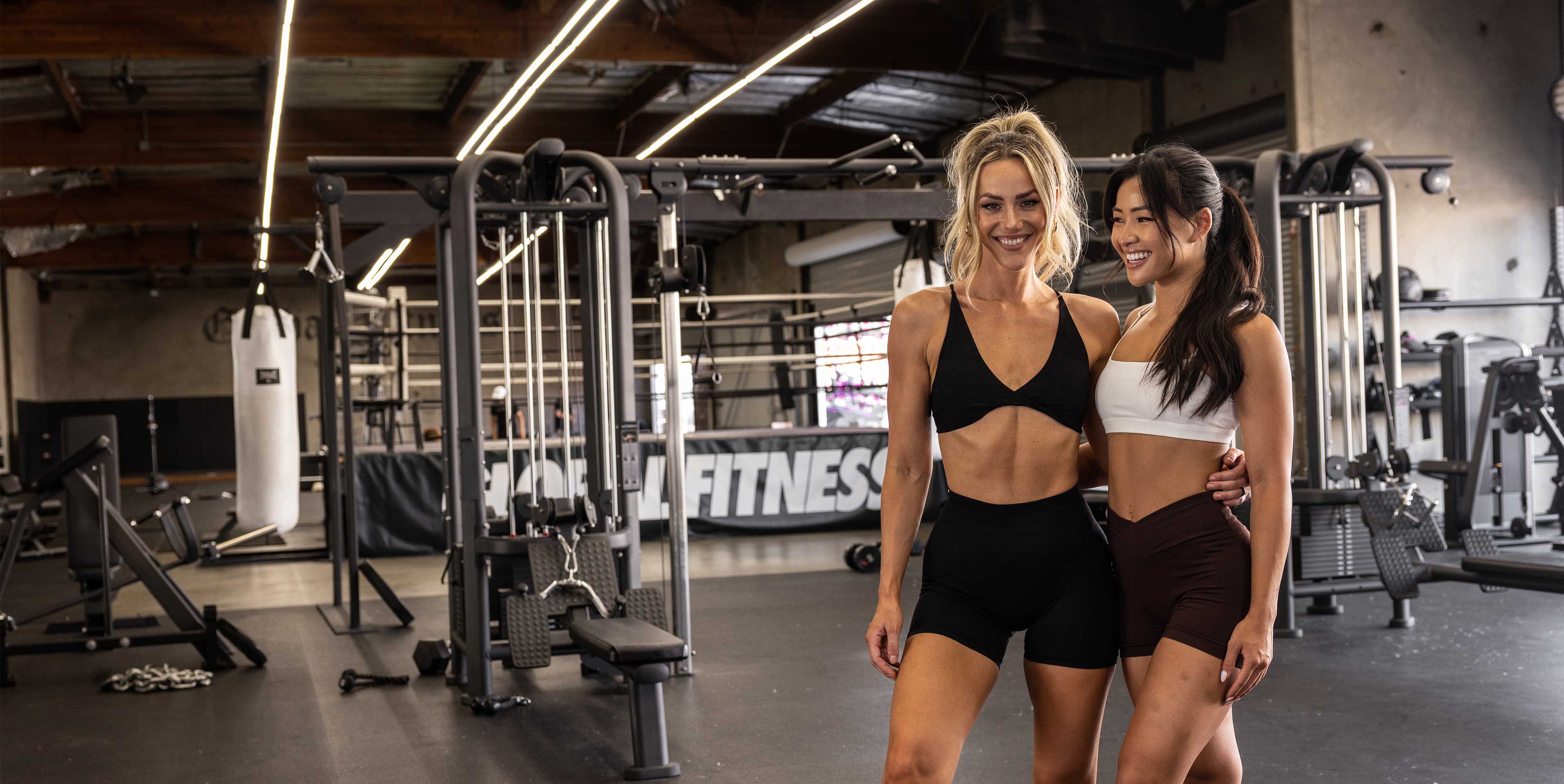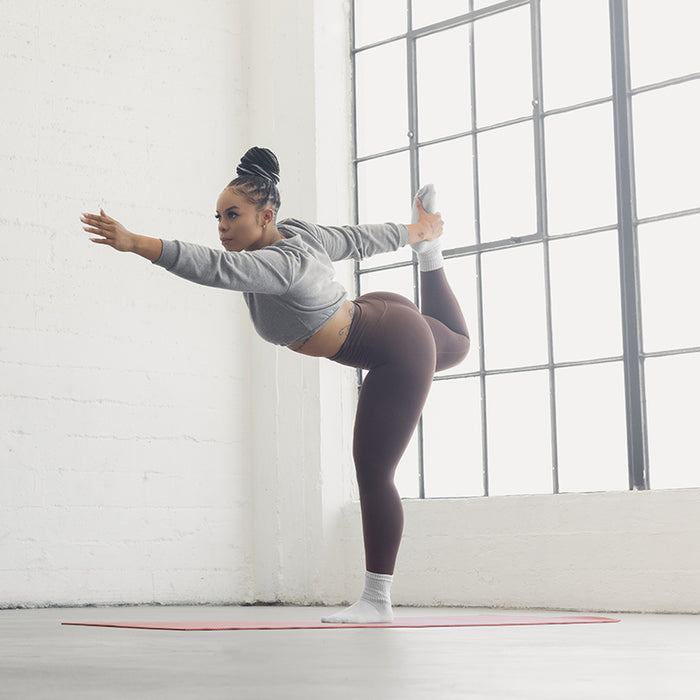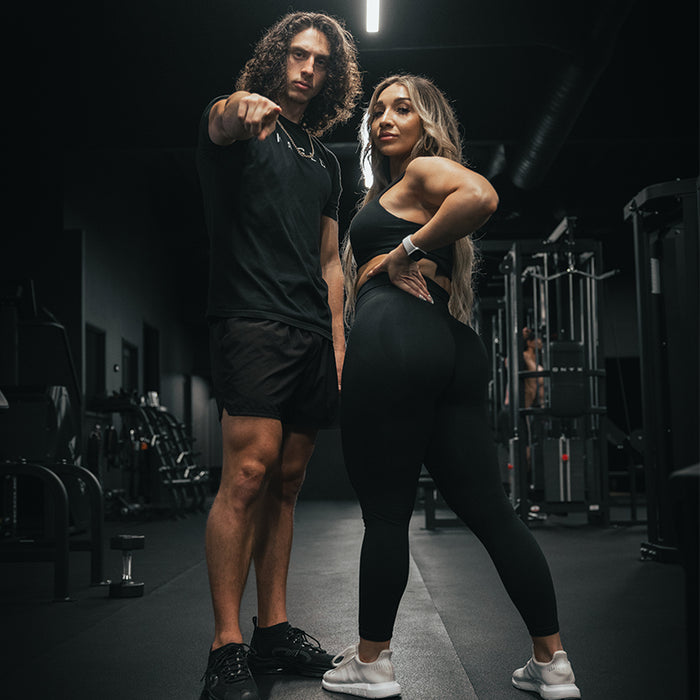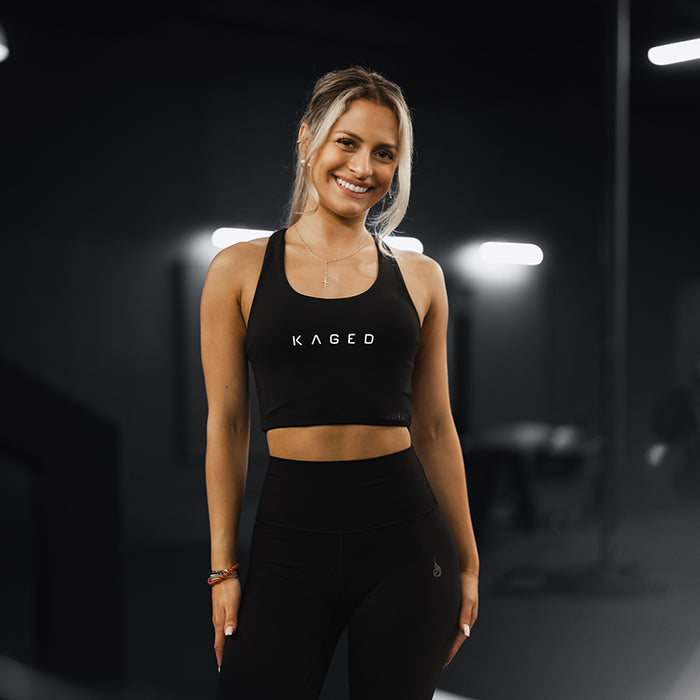Want to thicken your back? How about increase your strength dramatically? If either of these is on your to-do list, you might want to put rows on top priority at the gym.
Rowing is a great way to amplify your back strength and totally transform your physique. This said, you do need to know a few tricks of the trade to make the most of the sets you perform.
Let’s go over the main steps to follow to help you row your way to better back growth.
Resist Momentum
The first thing to know about row training is that you must resist momentum. It’s essential that you focus on keeping the body as stationary as possible while pulling the weight into you. As soon as momentum comes into the picture, you’re reducing the overall stress load on the muscles and could end up putting yourself at serious risk of injury.
This applies to both bent over barbell rows as well as single arm dumbbell rows.
If you feel like you really can’t control the momentum, consider using a chest supported row machine instead. This way, you are locked in position better and can use the support to brace your body.
These machines are also a good option for those experiencing back injuries as they give you the added support that you may need.
Go Light On Single Arm Rows
When it comes to single arm rows, lighter is often better. Go heavy while doing your barbell rows and then consider doing 60-75% of your max weight and focusing on a higher rep range with as much squeeze as possible. The mind-muscle connection with back training can make a world of difference and really position you for optimal success.
As you row the weight up toward you, think of contracting first through the shoulder blade, retracting it before you pull the weight up into the body.
This small adjustment, which often isn’t even noticeable to the naked eye, can really amplify the results that you see.
Adjust Your Angle On Horizontal Rows
Horizontal cable pulley rows are another great back training exercise to get into your arsenal. When doing this exercise, keep in mind that by adjusting the angle that you pull the row into the body, you can completely change the way the muscles are being worked.
Pull low into the midsection and you’ll hit the lower middle portion of your back, while if you pull higher up, you’ll hit the top portion of the back as well as the rear delts to a larger degree.
Again with this exercise, be sure that you aren’t using momentum to pull you back through the exercise at all.
So there you have some quick and relatively straightforward tips to help you row your way to a bigger back. If you don’t have a few variations of the row in your program plan, now is the time to get this move in for superior results.


